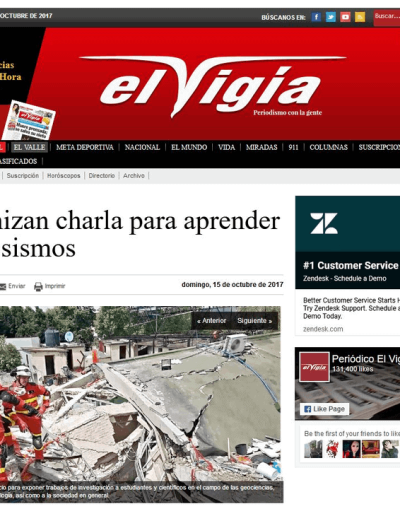Current Snapshot
For all the latest updates visit: DisasterAWARE
By PDC’s Senior Weather
Specialist Glenn James

The Pacific Disaster Center’s (PDC Global) Saturday, February 1, 2025, Tropical Cyclone Activity Report…for the Pacific Ocean, the Indian Ocean, and adjacent Seas
Current Tropical Cyclones:
Tropical Cyclone 11S is located approximately 249 NM northeast of Port Louis, Mauritius
Tropical Cyclone 13S is located approximately 328 NM southeast of Cocos Islands
Tropical Cyclone 14S is located approximately 348 NM north-northwest of Port Hedland, Australia
Northeast Pacific Ocean: There are no Tropical Cyclones
The last regularly scheduled Tropical Cyclone Activity Report of the 2024 eastern North Pacific Hurricane Season has been issued. Routine issuance of this section of the PDC product will resume on May 15, 2025. During the off-season, Special Tropical Weather Outlooks will be issued as conditions warrant by the NHC.
Central Pacific Ocean: There are no Tropical Cyclones
The 2024 central North Pacific hurricane season has ended. As such, the final routine Tropical Cyclone Activity Report for the 2024 season has been issued. Routine issuance of this section of the PDC product will resume on June 1, 2025. During the off-season, Special Tropical Weather Outlooks will be issued as conditions warrant by the CPHC.
Western Pacific, Indian Ocean, and adjacent Seas:
South Indian Ocean
Tropical Cyclone 11S
According to the JTWC warning number 10, sustained winds were 35 knots with gusts to 45 knots
Animated multi-spectral satellite imagery (msi) shows the system continues to struggle as it tracks along the northern periphery of the subtropical ridge (str) to the south and straddling a zone of moderate vertical wind shear. The central dense overcast is undergoing a diurnal flareup and is obscuring the low level circulation center (llcc).
Analysis indicates a marginal environment with warm sea surface temperatures and moderate westward outflow offset by moderate vertical wind shear and dry air in the mid-levels.
TC 11S will continue generally westward under the steering str. After 36 hours, a secondary str building from the southwest will assume steering and drive the cyclone on a more west-northwestward track, making landfall over northeastern Madagascar just after 72 hours.
The marginal environment will, at best, maintain the current intensity up to 36 hours. Afterward, decreasing mid-level dry air intrusion and vertical wind shear will promote intensification to a peak of 50 knots by 72 hours. After landfall, the rugged terrain will rapidly erode the system to dissipation by 120 hours.
Tropical Cyclone 13S
According to the JTWC warning number 1, sustained winds were 35 knots with gusts to 45 knots
Tropical Cyclone 14S
According to the JTWC warning number 1, sustained winds were 35 knots with gusts to 45 knots
Southwest Pacific Ocean
>>> There’s an area of disturbed weather being referred to as Invest 91P, which is located approximately 238 NM north-northwest of Noumw, New Caledonia
Animated multi-spectral satellite imagery (msi) depicts a weakly-defined, fully-exposed low level circulation center (llcc) with flaring convection to the east-southeast. Another image reveals that the llcc is very elongated in the northwest-southeast direction with some elevated (25-30 knot) winds in the eastern and southern peripheries, near Vanuatu. a surface observation from Bauerfield shows a wind shift from the northeast to the east-southeast with a slight decrease in air pressure over the past 12 hours.
Environmental analysis reveals marginal conditions, with high vertical wind shear of 30-40 knots, good equatorward upper-level outflow and warm sea surface temperatures.
Global models indicate weak development with a southward track over the next 24 hours, followed by a southeastward shift in the following 24 hours.
Maximum sustained surface winds are estimated at 23 to 28 knots.
The potential for the development of a significant tropical cyclone within the next 24 hours is upgraded to high.



